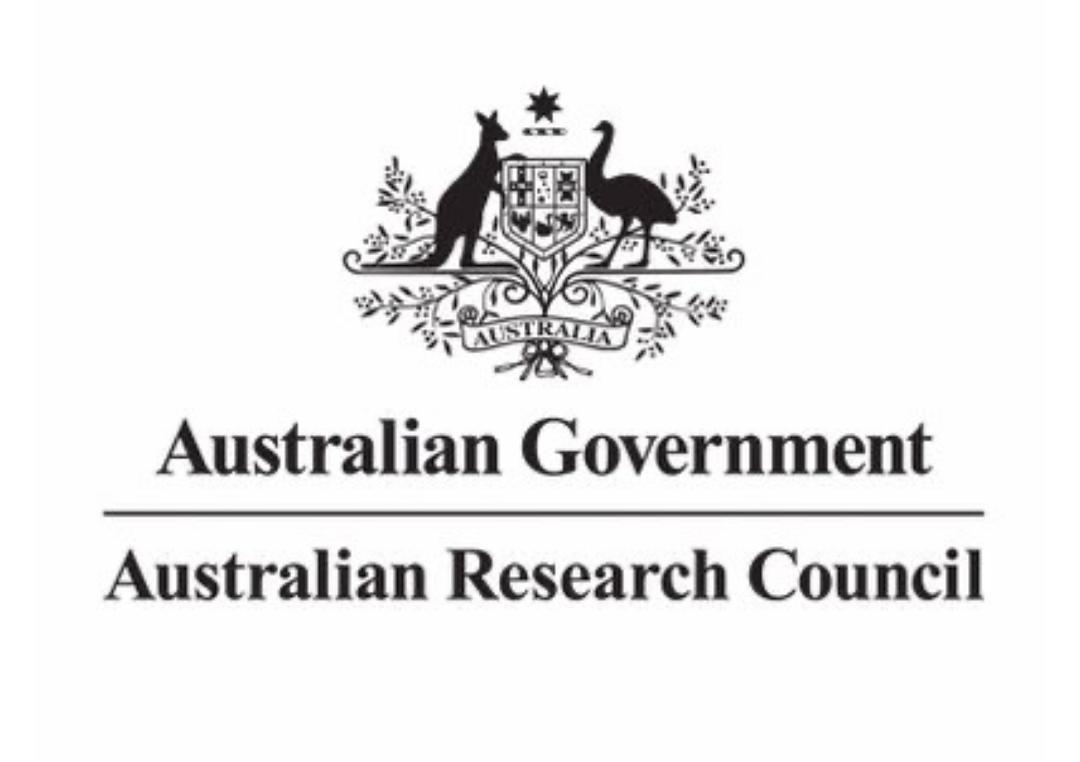Ant Community Structure in Secondary Logged Forest of Malua Forest Reserve, Sabah, Borneo
DOI:
https://doi.org/10.51200/jtbc.v18i.3469Keywords:
Formicidae, Borneo, secondary logged forest, species estimators, accumulation curveAbstract
Ants are ecologically dominant and important in the functioning of an ecosystem. Thus, understanding their community structure has become fundamental in ecological studies. This study aims to examine the ant richness, abundance, and composition in the secondary logged forests of Sabah, Malaysia. Ground-based fogging was employed to collect canopy ants (n=38) and Winkler extraction method for leaf litter ants (n=63). A total of 12,810 ant individuals were collected, representing 389 morphospecies, 65 genera, and 11 subfamilies. The most species-rich subfamily for canopy and leaf litter ants were Formicinae (112 morphospecies, 49.34%) and Myrmicinae (116 morphospecies, 58.00%) respectively. Polyrhachis (56 morphospecies, 24.67%) was the most diverse genera in the canopy, while Pheidole (23 morphospecies, 11.50%) was the most speciose genera on the leaf litter. The most abundant species for canopy and leaf litter ants were Dolichoderus 1 (876 individuals) and Carebara 2 (1,215 individuals) respectively. The randomized species accumulation curves and species richness estimators reveal that additional sampling is required. We suggest that incorporating a variety of ant sampling methods and high sampling efforts are important to thoroughly sample the ant assemblage in an area.
Downloads
Published
How to Cite
Issue
Section
License
BY: credit must be given to the creator.
NC: Only noncommercial uses of the work are permitted.
This journal provides open access to its content under CC BY-NC 4.0 on the principle that making research freely available to the public supports greater international collaboration and information exchange.












